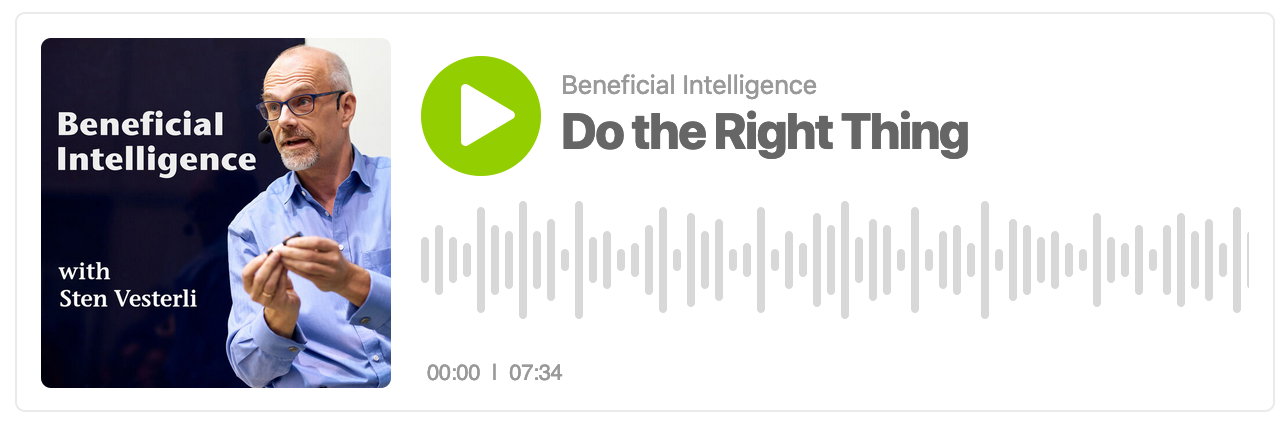This week’s episode of my podcast Beneficial Intelligence is about User Experience disasters. Danes consistently rank among the happiest people in the world, but I can tell you for sure that it is not the public sector IT we use that makes us happy. We have a very expensive welfare state financed with very high taxes, but all that money does not buy us a good user experience.
Good User Experience (UX) is not expensive, but it does require that you can put yourself in the user’s place and that you talk to users. That is a separate IT specialty, and many teams try to do without it. It doesn’t end well. Systems with bad UX do not deliver the expected business value, and sometimes are not used at all. A system that is functionally OK but that the users can’t or won’t use is known as a user experience disaster.
We have a web application for booking coronavirus testing here in Denmark. First you choose a site, then you chose a data, and then you are told there are no times available at that site on that date. If a UX professional had been involved, the site would simply show the first available time at all the testing centers near you. We now also have a coronavirus vaccination booking site. It is just as bad.
As CIO or CTO, some of the systems you are responsible for offer the users a bad experience. To find these, look at usage statistics. If you are not gathering usage, you need to start doing so. If systems are under-utilized, the cause is most often a UX issue. Sometimes it is easy to fix. Sometimes it is hard to fix. But IT systems that are not used provide zero business value.
Listen here or find “Beneficial Intelligence” wherever you get your podcasts.





